The benefits of cause and effect learning for babies
Disclosure: This blog contains affiliate links which I may earn a small commission from if you purchase through them, at no extra cost to you.
Most people are unaware of cause and effect learning. It’s a cognitive process that helps infants make sense of the world, which is why it’s so important.
Our little people are going to make their mark on this world.
In some form or another, their actions are going to have an effect on other people, their community and the environment on a global scale.
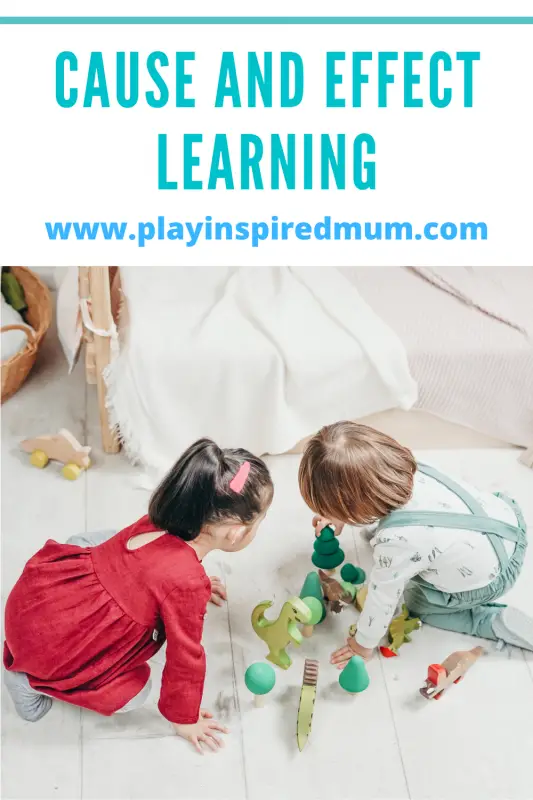
The benefits of cause and effect learning for babies
As adults, we expect one another to be accountable for our actions.
Whether it is to look both ways before crossing the street, respecting the law or simply putting the milk back in the fridge, our children will need to be held responsible for their actions.
Understanding how their actions effect the rest of the world is an important life lesson.
This lesson begins in very early childhood.
This article explains cause and effect learning for babies and how to apply it in their day-to-day lives.
There is value in using this type of cause and effect learning at school as well. This information could be useful for preschool and school aged children too.
What is cause and effect
Cause and effect learning is an instinctive process in which babies associate their own actions with the cause of immediate consequences.
This psychological instinct allows babies to associate the instantaneous consequences of their actions with the type of stimulus that caused it.
This instinct, or imprinting allows them to develop spatial relationships as well as language skills.
The ability to recognise cause and effect also makes children more likely to be successful in school because they’re able to learn from mistakes or failures by seeing what caused those things to happen.
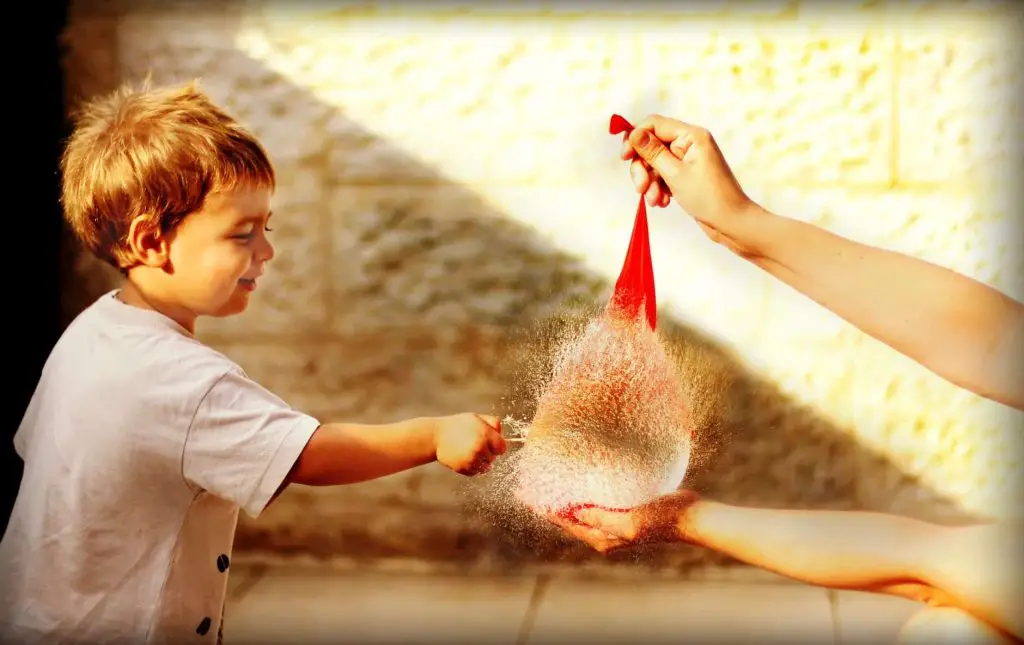
The Beginning of Learning About Accountability
This realisation can often start with a simple, mostly accidental, shake of a toy.
Imagine grasping an object, lifting it to the hundreds of sensory receptors in your mouth when tink, clunk, clack – there is a sound. This surprises you causing your hand to drop. A moment passes.
You raise the toy to your mouth again and tink, clunk, clack – it happens again. This time with purpose, you raise your hand and forcefully jerk your arm. Tink, clunk, clack!
A specific, conscious action has resulted in reaching a desired outcome; Cause and effect.
Babies and Learning Cause and Effect
From an early age, babies learn that they may receive a desired response through passing their caregiver a little smile or coo. Unknowingly the caregiver would offer a response which reinforces the babies understanding of cause and effect, being a smile or kind words.
The baby has learnt that their actions will initiate a particular reaction.
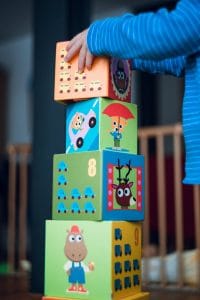
Babies really start to actively explore the concept of cause and effect from between 6-8 months of age.
They start to understand that their actions can result in a clear outcome.
One example that jumps to my mind was when we started introducing solid foods. Little Miss would splat her food onto the floor to watch it fall. This quickly turned into much enjoyment for her watching our food orientated dog quickly dash beneath her highchair to gobble up the nutrient enriched grenade.
Cause-and-effect can be learned through various types of interactions, including:
- Verbal instruction
- Demonstration through stories, games
- Observing role models who engage in cause-and-effect behaviours
- Participation with others who engage in cause-and-effect behaviors (e.g., parents).
How parents can support cause and effect learning
Parents and caregivers can help cause-and-effect learning in infants in several ways:
- Talking with your baby about cause and effect
- By demonstrating cause and effect in conversations, stories, and games
- Using cause and effect to teach practical skills for life (such as changing baby’s nappy, applying sunscreen or preparing a snack)
Babies learn cause and effect by observing how different things are related. They can learn by listening to people talk about cause and effect. They can also learn by participating in activities that involve cause and effect. For example, cause and effect learning environments look like playrooms that involve balls and boxes. The baby can watch and listen as the ball rolls away and falls off the box. Eventually the baby realizes cause and effect by watching what happens to cause an event to occur.
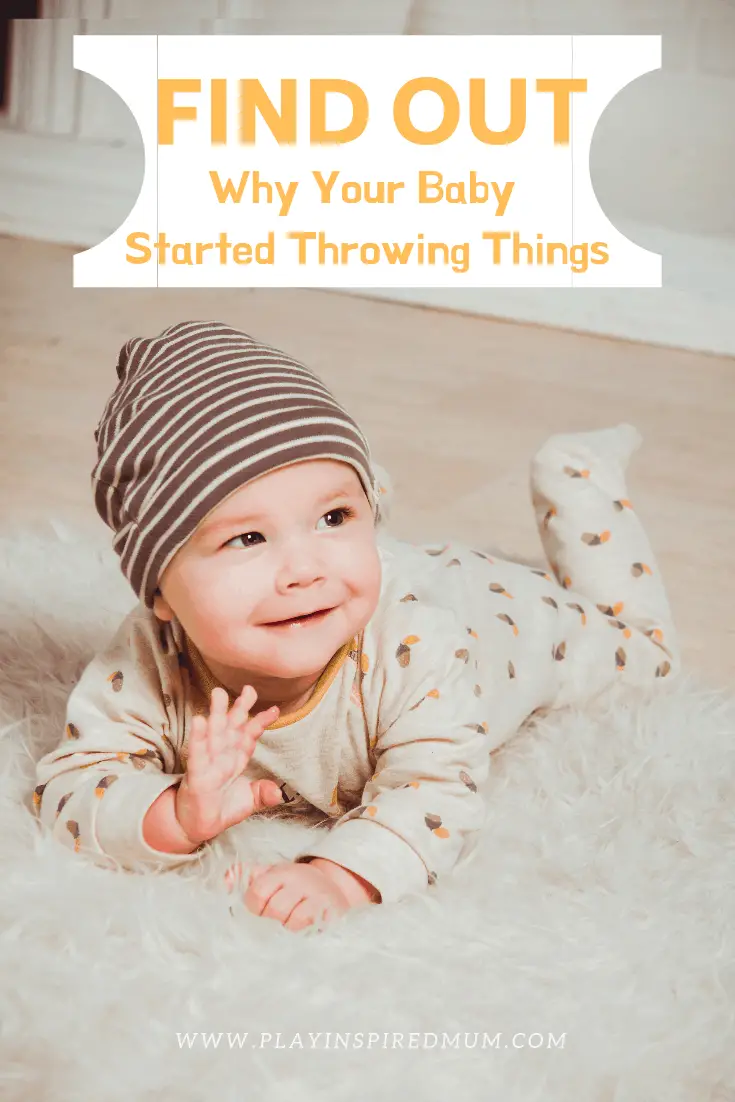
The Importance of Babies Interacting with Their Environment
Babies are born curious.
They are sensory learners that thrive through engagement with their surroundings.
Learning through play can offer the opportunity for our children to interact with their surroundings. Through this discovery is how they learn where they stand within their environment and the impact they have on elements within it.
Allow your child to actively engage with toys, activities and experiences that can fuel their curiosity and present opportunities for them to experiment.
Best toys to encourage cause and effect learning
Toys that build an understanding of cause and effect so they may then learn how their actions lead to outcomes.
Musical instruments such as Maracas, Bell Sticks and Xylophone are perfect tools to encourage your child to explore the concept of cause and effect. These can be shaken or tapped softly or loudly, quickly or slowly.
Any toy that your child interacts with to make it do something, is going to help develop this important life lesson.
Here are some of our favourite toys that promote learning about cause and effect in a gentle way, without being over stimulating. These toys each involve your baby or toddler in meaningful, active play.
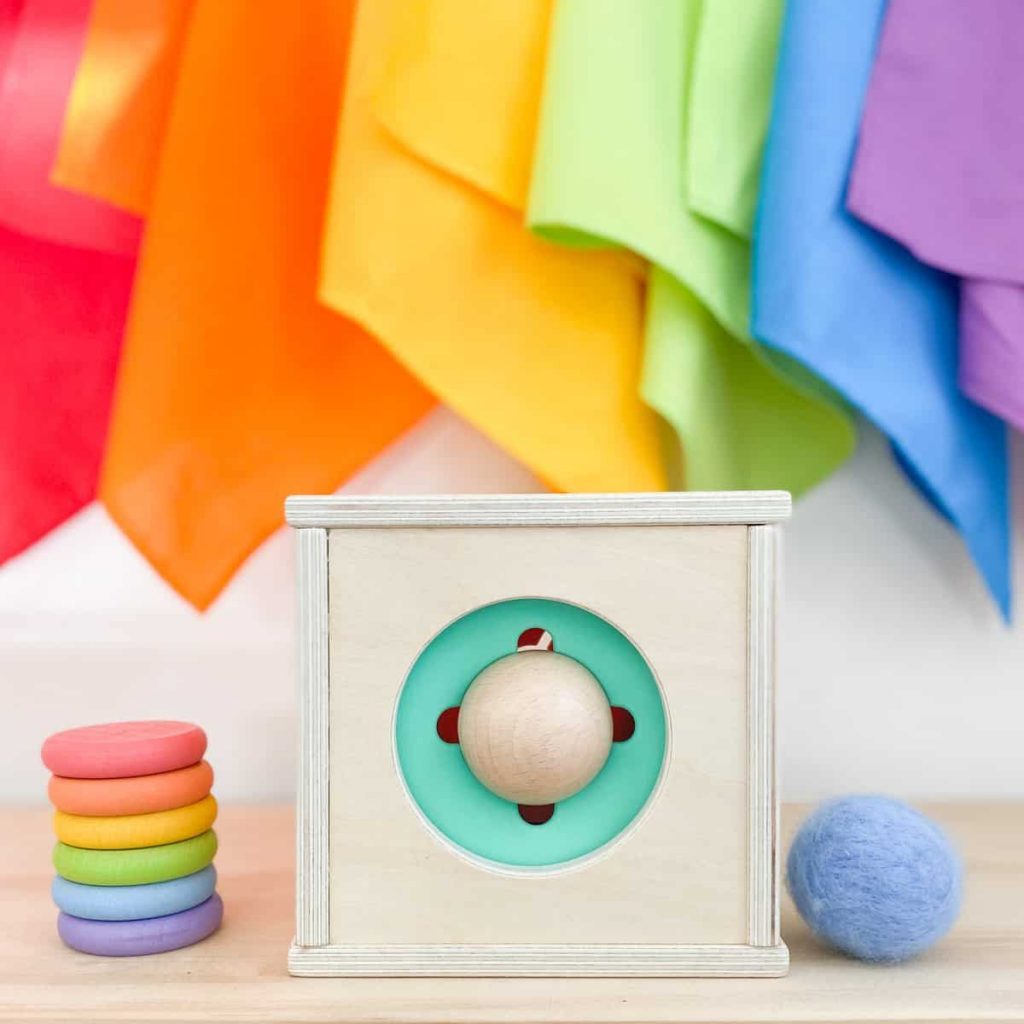
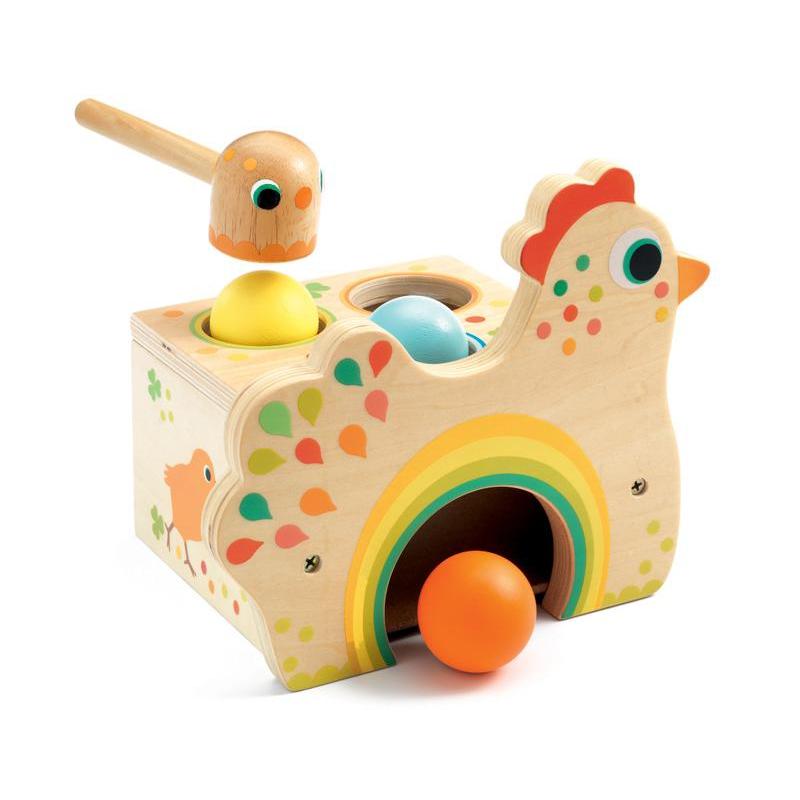




Creating a cause and effect learning environment
Creating a cause and effect learning environment is important.
When babies are surrounded by cause and effect activities from the time they’re born, it will make them more likely to learn from themselves through their own experiences.
As you teach cause and effect to your child, consider the following:
- Show how different actions produce different results
- Provide plenty of opportunities to experiment with cause and effect on their own
- Ask your child to explain situations themselves
With cause and effect, you’ll be helping your baby build a strong foundation that will help them throughout their life.
In a cause-and-effect environment, activities have been set up for babies so they can explore cause-and-effect concepts on their own.
Babies are encouraged to experiment with cause and effect by performing different actions that will elicit a response from a toy or another object in order to learn the relationship between the two.
For example, if a baby places a ball on top of a box that has no lid, then lifts the box. The ball will fall out which causes it to roll away. If this happens several times over an extended period of time while the baby is exploring cause and effect on their own without parental guidance, they will begin to learn how cause and effect works.
How cause and effect learning could be applied at school
Studies show that cause-and-effect helps babies learn about relationships between objects in their environment. This important concept also extends to the development of language skills such as reading comprehension, writing, and math.
This notion of cause-and-effect can also be applied to different scenarios at school.
Cause-and-effect impacts social skills which help improve communication between children at school or during group projects.
Moving forward, cause-and-effects concepts should be used more often during group work or other types of collaborative events. This is because it helps students learn how to cooperate with one another while improving the overall quality of their work.
For example in the classroom when children are working together. There are several ways cause-and-effect can help them further develop their relationships with classmates.
For instance, consider a situation where one student asks another an important question during a group project. Because they want to understand further, it could cause a good response from the other students as well as improve the quality of the group project.
Then, if a student is struggling with a particular topic but is helped by others within their class, that would cause them to feel better about themselves. In this way, cause and effect learning encourages cooperation and collaborative learning within school groups, which benefits everyone involved.
Learning through play – its so much more then just having fun.
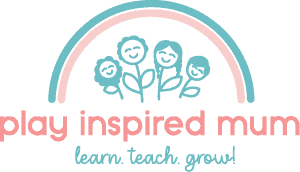
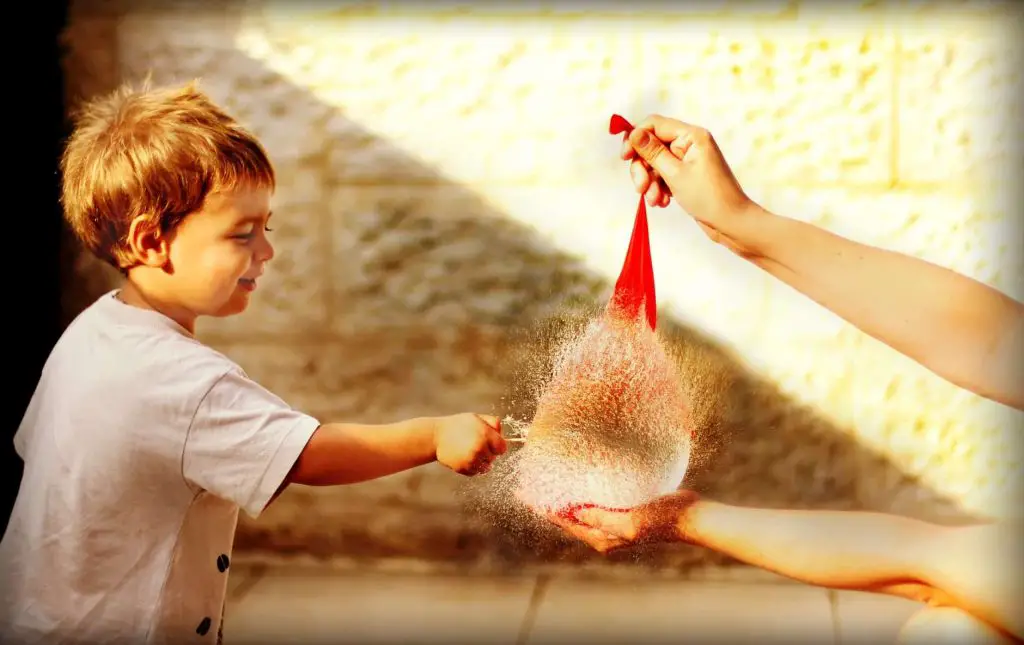
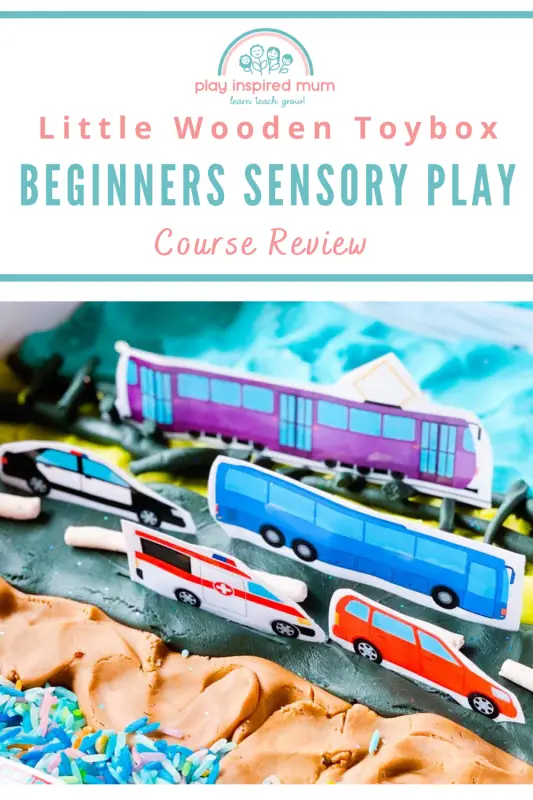
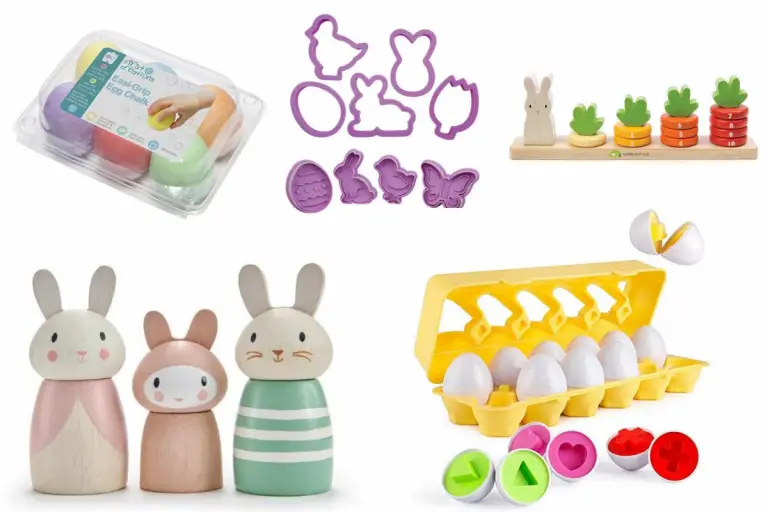
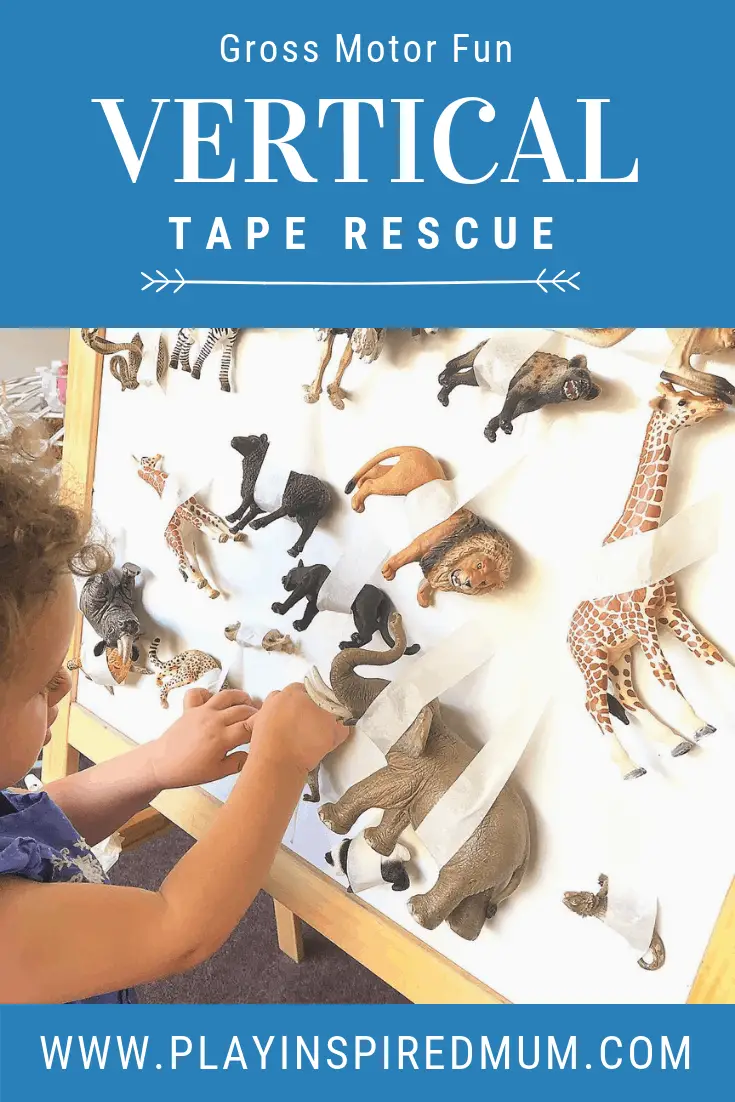
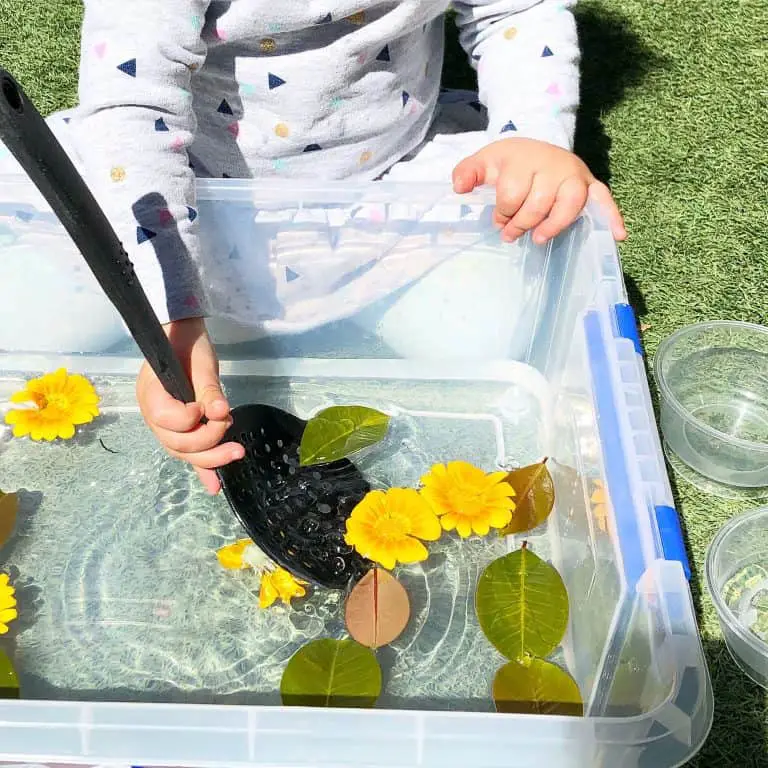
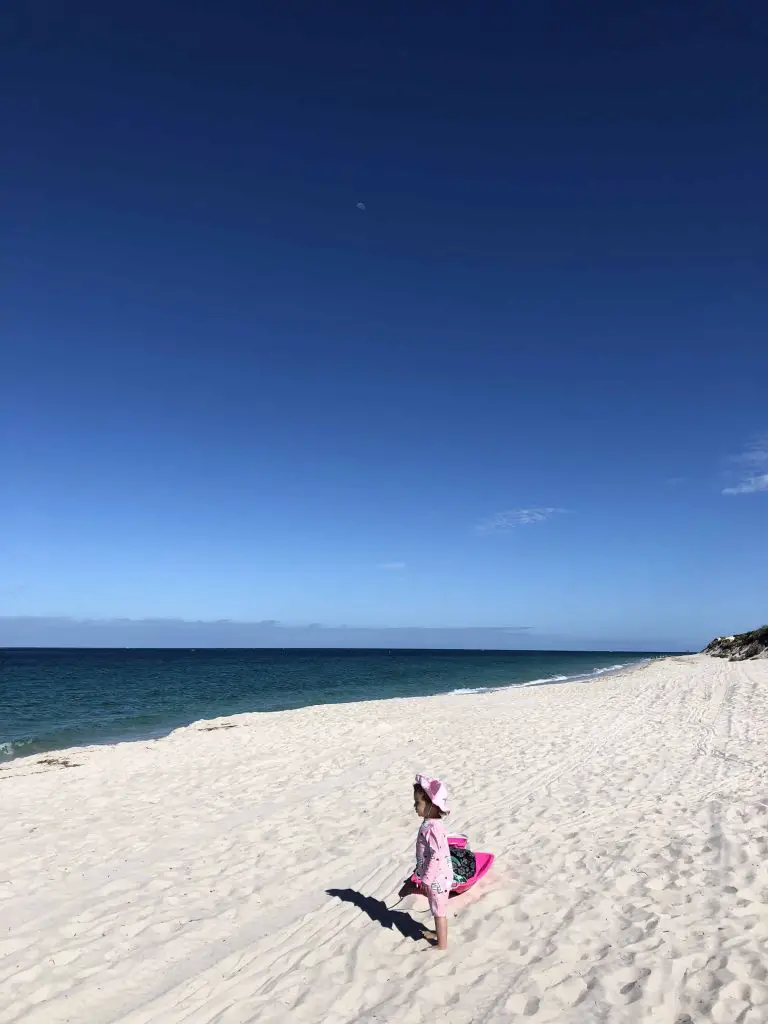
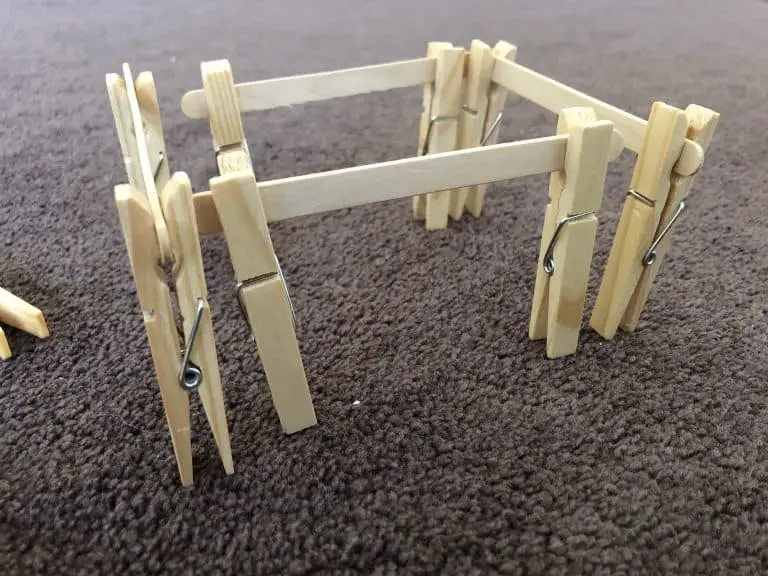
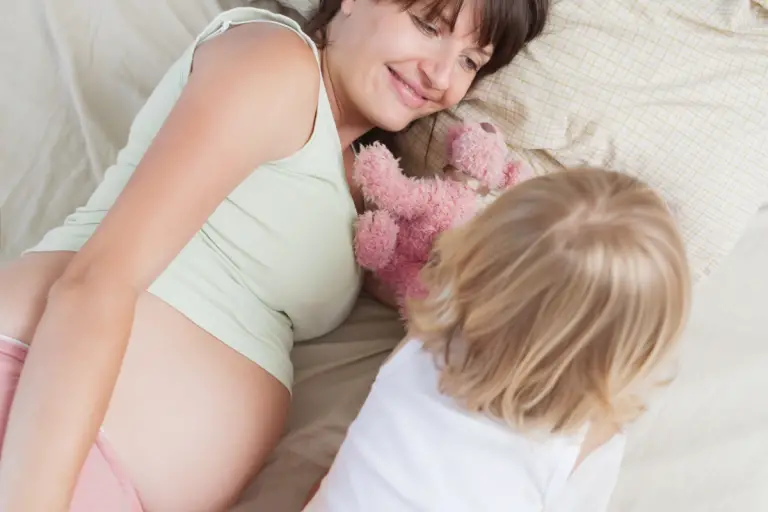
I’ve always said that most of the best lessons we learn at the beginning of our lives.
For sure! Our brains are hard wired to grow so rapidly during the first 3 years of life. Play based learning really is the best way to develop those all important neuro connections!
I am a firm believer of learning from experience. Indeed letting kids and learn at the same time is a great way to let them grow.
For sure! There are so many opportunities to develop life skills in early childhood through play based learning. Just let them play!
Wow this is great insight. I feel like there are some adults that don’t quite understand cause and effect in interpersonal relationships! It’s a great tip to start teaching it to young babies.
Thank you! Yes, for sure! Imagine the difference that there would be if we all considered the ramifications of our actions on others before acting. This lesson certainly does continue well into adulthood
First off – WOW! What an awesome shot of the balloon bursting. That is a fabulous photo. I love the idea of explaining to children early on about cause and effect. So often they don’t understand that everything we do has a result that makes an impact whether it’s positive or negative. And to make the lessons enjoyable means they are more likely to stick. Great post
Thank you! I must admit that is a stock photo.. haha You have inspired me to try and take one myself ?
I completely agree with you. Cause and effect certainly is one of those life lessons we all need to learn. I feel grateful that we have the opportunity to explore this during play to, as you said, make it more likely to stick
Blogs like this keep us hooked on to internet. Very engaging post my friend.
Thank you for your kind words
Learning can be so much fun. I think that’s something more parents need to understand.
Real learning is enhanced via fun! I agree with you entirely
You’re definitely right about “cause and effect” as one life lesson every child must learn and realize. This has been an issue in our household for some time now.
So interesting reading your perspective on this. I agree that children are information sponges, even when they are playing!
Learning through play and experience is the best! I am a huge advocate of hands-on-learning!
My son attended Montessori Pre School and they have an amazing teaching style, learning thorough play is actually the best in my opinion.
You would be amazed at how their little minds work. My kids will come out and tell me some things that I would never even have thought of over a situation.
This is definitely something that a lot of adults don’t tend to explore with kids. This type of reasoning is so very important for them to learn.
I totally agree. There is nothing more important than teaching our children to be responsible for their actions.
Agree that it’s important to teach children responsibility from young. Love your method of detailing action and effect. Learning responsibility through play could be fun for kids.
It’s amazing to me how much has changed with littles in the last few years.
These are all great tips. Sometimes we forget that learning should be fun and it can happen anywhere. Thanks for sharing!
Beautifully written! Children will learn more while playing and having experiences. I love your writing style.
This is a beautifully written article. You have explained the psychology of a child so well. A must read for all parents.
Learning through play is the best way to teach children. My daughter who is a kindergarten teacher does this all the time
I definitely believe children learn by modeling at a very age. I believe in nature versus nurture as well
I am a big fan of learn through play! Kids learn so much about cause and effect and how things work simply by playing!
Love your writing style!!!
Thank you! That’s such a lovely thing to say ?